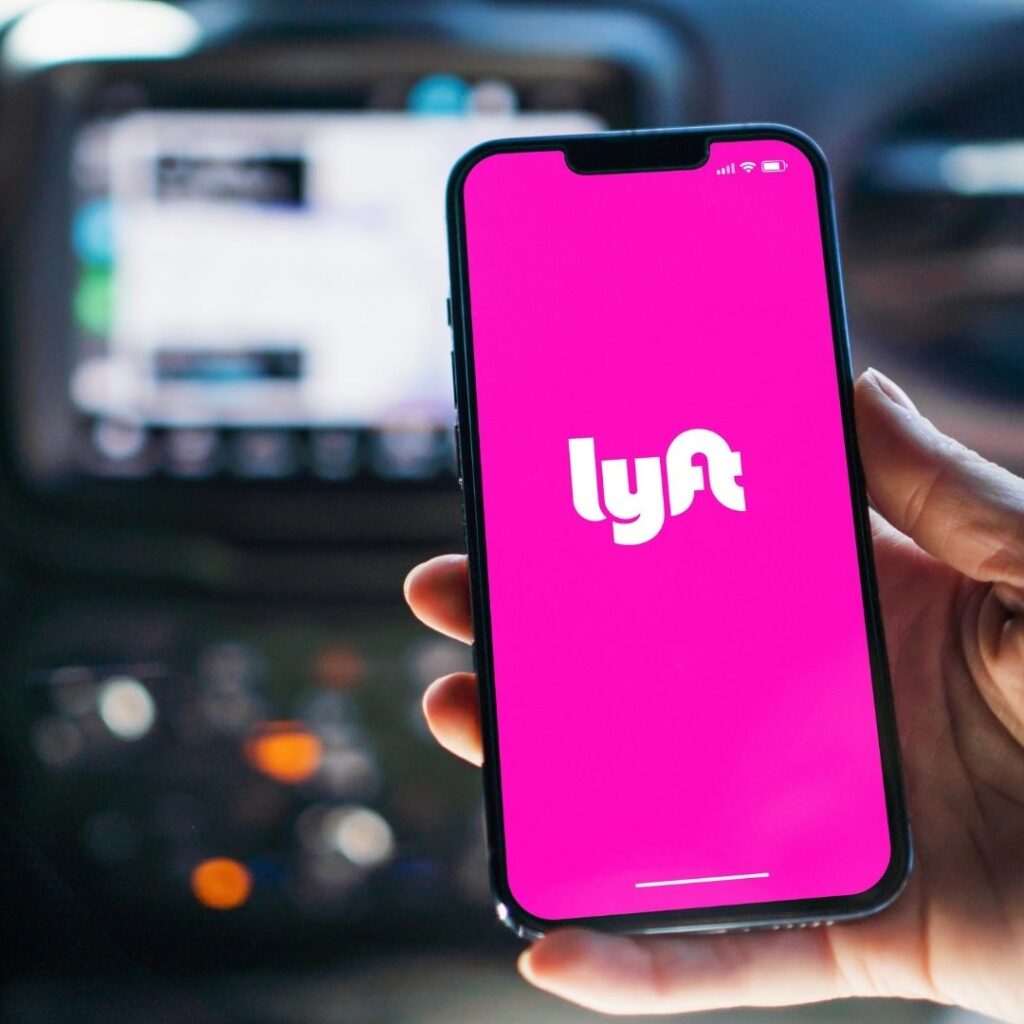Lyft, the ever-present contender in the ride-sharing arena, has carved out a distinct brand identity through a marketing strategy that often contrasts with its main competitor. While both aim to connect riders with drivers, Lyft’s approach has historically leaned towards community, friendliness, and a more playful image, often symbolized by its iconic pink mustache (though less prominent now). Let’s delve into the key elements of Lyft’s marketing playbook.
1. Emphasizing Community and Connection:
From its early days, Lyft positioned itself as more than just a transportation service. Their marketing campaigns often highlighted the human connection between drivers and passengers, fostering a sense of community. The initial pink mustache was a physical manifestation of this friendly, approachable brand personality. While the mustaches have largely faded, the emphasis on positive interactions and a welcoming experience remains a core tenet of their marketing.
- “Give a Lyft” Campaigns: These initiatives often focus on highlighting the positive impact of drivers on their communities, showcasing stories of connection and support.
- Partnerships with Local Events and Organizations: Lyft frequently collaborates with local events, festivals, and non-profit organizations, integrating themselves into the fabric of the communities they serve. This not only provides brand visibility but also reinforces their community-focused image.
- Social Media Engagement: Lyft actively engages with its audience on social media platforms, responding to queries, sharing user-generated content, and fostering a two-way conversation. This helps build a sense of belonging among its users.
2. Differentiating Through Brand Personality:
Lyft has consciously cultivated a brand personality that is often perceived as more approachable and less corporate than some of its competitors. This is reflected in their:
- Visual Identity: While the prominent pink mustache has evolved, the use of friendly fonts, vibrant colors (especially pink), and approachable imagery continues to contribute to their distinct visual identity.
- Tone of Voice: Their marketing communications often adopt a more casual, friendly, and empathetic tone, resonating with users who value a more humanized brand experience.
- Focus on Values: Lyft often highlights its commitment to diversity, inclusion, and sustainability in its marketing messages, appealing to a growing segment of consumers who prioritize these values.
3. Strategic Partnerships and Integrations:
Lyft has strategically partnered with various companies and services to expand its reach and offer added value to its users:
- Integration with Public Transportation: In some cities, Lyft has integrated its services with public transportation options, offering a seamless solution for first-mile/last-mile connectivity. Marketing these integrations highlights Lyft’s role in the broader transportation ecosystem.
- Partnerships with Loyalty Programs: Collaborations with hotel chains, airlines, and other loyalty programs allow Lyft to tap into new customer bases and offer rewards to existing users.
- B2B Partnerships: Lyft Business caters to corporate clients, offering transportation solutions for employees and events. Marketing efforts in this area focus on efficiency, cost-effectiveness, and ease of use for businesses.
4. Leveraging Data and Technology:
Like any modern tech company, Lyft utilizes data and technology to personalize its marketing efforts and optimize its campaigns:
- Targeted Advertising: Data on user behavior and preferences allows Lyft to deliver more relevant ads to specific customer segments.
- In-App Messaging and Promotions: Lyft uses its app to communicate directly with users, offering personalized promotions, discounts, and information about new features or services.
- Performance Tracking and Analytics: Sophisticated analytics tools help Lyft monitor the effectiveness of its marketing campaigns, allowing for continuous improvement and optimization.
5. Adapting to Market Dynamics and Competition:
The ride-sharing market is highly competitive, and Lyft’s marketing strategy has evolved in response to changing market dynamics and the strategies of its rivals:
- Focus on Specific Niches: Lyft has increasingly focused on specific niches, such as the student market or environmentally conscious riders, tailoring its messaging and offerings to these segments.
- Emphasis on Safety and Reliability: In response to safety concerns in the ride-sharing industry, Lyft has highlighted its safety features and commitment to rider and driver well-being in its marketing.
- Promotional Offers and Incentives: Like its competitors, Lyft utilizes promotional offers, discounts, and referral programs to attract new users and retain existing ones. The specifics of these offers often fluctuate based on market conditions and competitive pressures.
The Evolving Pink:
While the physical pink mustache might be less prevalent, the spirit of Lyft’s early marketing – emphasizing community, friendliness, and a distinct brand personality – continues to influence its current strategies. By focusing on these core values, alongside strategic partnerships and data-driven insights, Lyft aims to maintain its position as a leading player in the dynamic world of ride-sharing. Their ability to adapt and evolve their marketing approach will be crucial in navigating the ever-changing transportation landscape.


